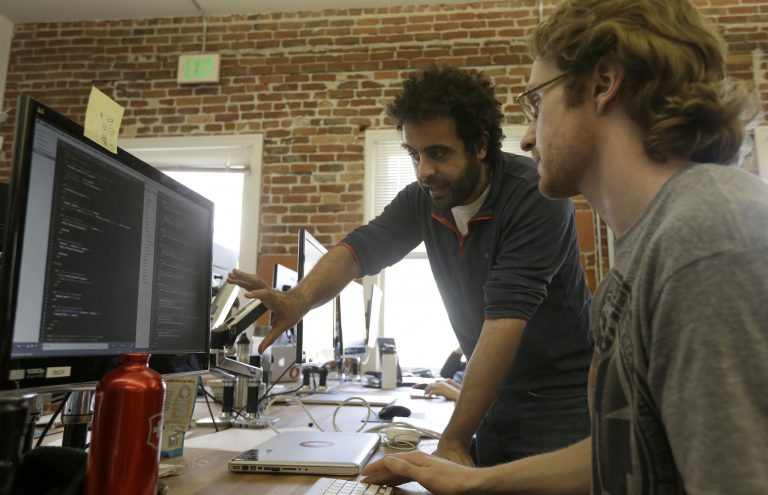
The current generation of tech entrepreneurs lives on the idea of disruption – transforming traditional, outdated industries and fields by introducing new technology and tools that make it possible to do things in entirely new ways, or even create entirely new products.
This model has been extremely successful in a broad range of industries, from transportation to listening to music. Now it seems that many of Silicon Valley’s tech geniuses are turning their eyes toward the higher education field – but will their tried-and-true model find success there?
Geoffrey M. Cox, the president of San Francisco-based Alliant International University, offers a skeptical take on the disruptive approach to higher education. In a guest column in Venture Beat, Cox critiques the “gospel of disruption” as it applies to the world of education.
Tech entrepreneurs, he writes, see the modern US university as “something like a beached whale, lying helpless on its side, gasping for breath. They view universities as slow-moving, tradition-bound, analogue institutions trying to survive in a fast, ever-changing, digital environment.”
From the perspective of these techies, the $475 billion US higher education industry is only reaching a small percentage of its potential global market, leaving the door open for lucrative possibilities of growth. This opportunity makes it an incredibly attractive field for digital innovators, who believe that the university system needs to be dismantled and reassembled in a more efficient, productive way – that is, that they need to be “hacked.”
Yet these very innovators underestimate the industry they want to remake, according to Cox, who takes these Silicon Valley types to task for “how little [they] understand the industry they are determined to reform.”
Universities, he points out, are among some of modern society’s oldest institutions, with some celebrating 250th or even 300th anniversaries.
“Such longevity is evidence of their adaptability and resilience, not rigidity,” writes Cox.
The US higher education system has gone through a number of fundamental changes over the course of its existence in order to remain relevant and better serve society. In the early years of the United States, colonial colleges were only for the children of the wealthy. Though some may argue that a number of top institutions are still that way, there is no denying that higher education has become much more accessible to a broader range of individuals since the colonial days.
In the 1800s, universities helped ideas about culture, science and religion move across the country, then moved toward applied sciences like agriculture and engineering in order to meet the demands of the growing economy. Higher education then took over the research field, training scientists and innovators, as community colleges came into existence to help reach more marginalized groups of students.
More recently, institutions of higher education have helped advance movements for racial justice, women’s rights, marriage equality, divestment, anti-war resistance and political objectives, among many other issues, as well as making education more accessible for veterans and students from low-income households.
“These forward-thinking efforts and results are evidence of a movement that pushes boundaries, not a ‘beached whale’ about to take its final breath,” writes Cox.
Even the rise of online learning and courses does not spell the end for traditional institutions, he says.
“Higher education still faces substantial challenges, but the locus of change needed to meet those challenges may very well remain in established institutions.”
Colleges and universities may very well need to adapt to meet the current needs of society and overcome the issues that plague the system, but it seems unlikely that we’ll be witnessing the disappearance of brick-and-mortar educational institutions anytime soon – and that’s a good thing.
Liked this? You’ll love these…
Study shows university websites not keeping abreast of mobile device uptake
MOOCs: the death of the academic or the birth of modern academia?







